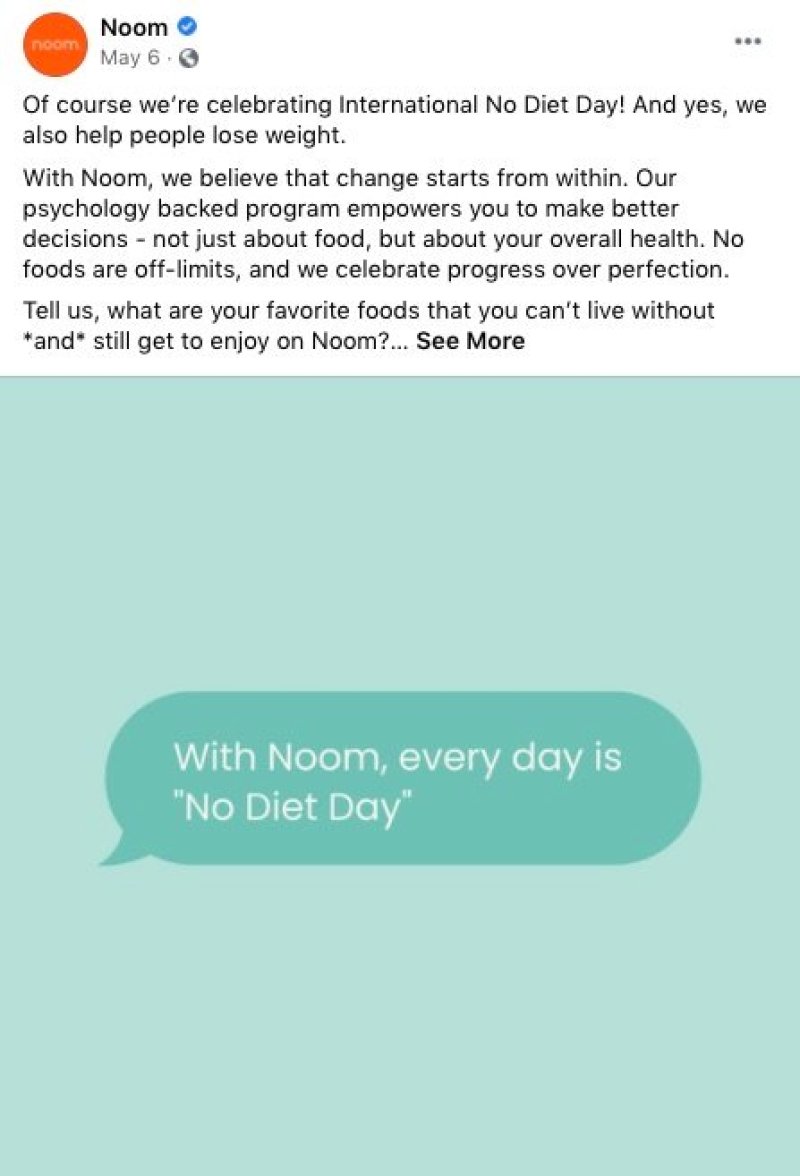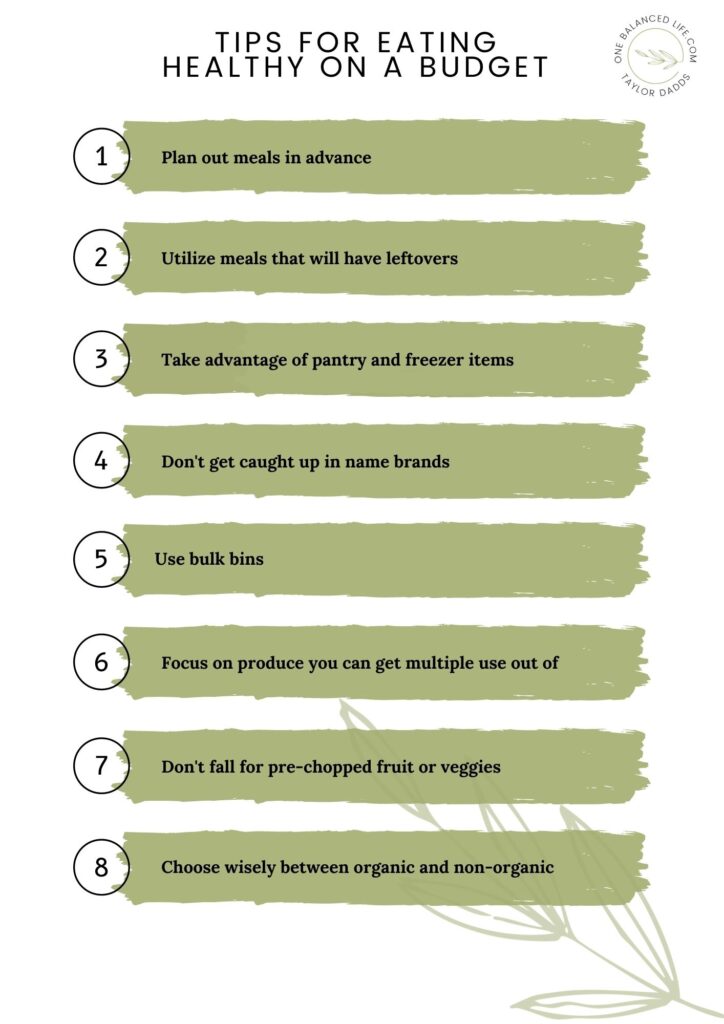
It is important to eat healthy foods if you want to improve your overall health. A recipe for nutrition is one of the best ways to make that happen. Aside from tasting good, it can also be beneficial for your body. People are often concerned about how to make healthy meals, but not all people can do it well. This article will show you how to find great recipes.
First, you could use a program called a "recipe analyzer". This program will compare and review multiple recipes to ensure that they are as healthy as possible. You can choose to see which recipes have more nutrients. It will also allow you to determine the nutritional value of any given recipe. This tool will convert the measured into the correct units. This program is not compatible with Internet Explorer.

The Nutrition Facts Label is another source. This tool will help you track the number of calories you eat while keeping your diet on track. This tool will help you make better food choices. You can also use the recipe calculator in addition to the nutrition information label. These calculators allow you to compare different ingredients and calculate the correct number of calories. You can also use this tool to determine the amount of each ingredient.
For more information, visit the Nutrition Network. There are hundreds of healthy recipes on their site. They can provide inspiration for creating healthy meals. Follow the advice on the website to avoid eating too much. A good recipe will also be delicious and healthy. These recipes will help you achieve your health goals. The Home Survival Guide is a great resource for nutritionists. The app is available for free. You can even download the app and use it to manage your diet and stay motivated.
The American Diabetes Association created the Diabetes Food Hub online community. It is an incredible resource for those with diabetes. Antoinette has type 2 diabetes and manages her condition with the help of medication, exercise, and a balanced meal plan. She encourages healthy living and makes healthy recipes. This helps others. The American Diabetic Food hub is a great resource to learn about nutrition.

You can also choose holiday recipes made with healthy ingredients if you have concerns about your overall health. This will make the New Year easier. These holiday recipes are nutritious and delicious. They will be a treat for your loved ones and friends. It's a great opportunity to try new recipes and improve your cooking skills during the holidays. Don't be afraid trying out new recipes. You will be amazed at how easy it can be to prepare healthy meals.
FAQ
What is the difference between calories and kilocalories in food?
Calories are units used to measure the amount of energy in food. Calories is the unit of measurement. One calorie is equal to one degree Celsius in energy.
Kilocalories can also be used to refer to calories. Kilocalories can be measured in thousandsths of one calorie. 1000 calories, for example, equals one kilocalorie.
What can you do if your immune system is weak?
Human bodies are made up of trillions upon trillions of cells. These cells collaborate to create organs, tissues and other functions. A cell that dies will be replaced by another. Chemical signals, called hormones, allow cells to communicate with each other. Hormones regulate all bodily processes, from growth and development to metabolism and immunity.
Hormones are chemicals secreted by glands throughout the body. They travel through bloodstreams and act as messengers that control the function of our bodies. Some hormones come from the body and others from outside.
When a hormone-producing gland releases their contents into the bloodstream, hormone production begins. Once released, hormones move through the body until they reach their target organ. Sometimes hormones stay active for only a short time. Other hormones can remain active longer, and they continue to affect the body's functionality even after leaving the bloodstream.
Some hormones are made in large quantities. Some hormones are produced in large quantities.
Some hormones are only produced at certain times in your life. For example, estrogen can be produced during puberty or pregnancy. Estrogen assists women with breast development, bone density, and osteoporosis prevention. It promotes hair growth as well as keeping skin soft and smooth.
Exercise: Good or Bad for Immunity?
Exercise is good for your immune systems. Exercise increases white blood cell production, which helps fight off infection. Your body also eliminates toxins. Exercise can help prevent heart disease and cancer. It reduces stress.
Exercising too often can cause your immune system to be weaker. You can cause muscle soreness by working out too hard. This causes inflammation, swelling, and can even lead to death. Your body then has to produce more antibodies to fight off infection. These extra antibodies can lead to allergies or autoimmune disorders.
So, don't overdo it!
Statistics
- The Dietary Guidelines for Americans recommend keeping added sugar intake below 10% of your daily calorie intake, while the World Health Organization recommends slashing added sugars to 5% or less of your daily calories for optimal health (59Trusted (healthline.com)
- In both adults and children, the intake of free sugars should be reduced to less than 10% of total energy intake. (who.int)
- WHO recommends consuming less than 5% of total energy intake for additional health benefits. (who.int)
- According to the Physical Activity Guidelines for Americans, we should strive for at least 150 minutes of moderate intensity activity each week (54Trusted Source Smoking, harmful use of drugs, and alcohol abuse can all seriously negatively affect your health. (healthline.com)
External Links
How To
What does the meaning of "vitamin?"
Vitamins are organic compounds that can be found in foods. Vitamins help us absorb nutrients from foods we eat. Vitamins cannot come from the body so food must provide them.
There are two types: water-soluble and fat-soluble vitamins. Water soluble vitamins dissolve easily in water. Some examples include vitamin C,B1 and B2 vitamins (thiamine), B2 and riboflavin, B3 and B6 vitamins (niacin), folic acids, biotin, pantothenic acids, and cholesterol. The liver and fatty tissues are home to fat-soluble vitamins. Some examples include vitamin D and E, K, A and beta carotene.
Vitamins can be classified by their biological activity. There are eight major categories of vitamins.
-
A - essential for normal growth and maintenance of health.
-
C is important for nerve function and energy production.
-
D - Vital for healthy bones and teeth
-
E is necessary for good vision, reproduction.
-
K – Required for healthy nerves & muscles.
-
P - vital for building strong bones andteeth.
-
Q – aids digestion of iron and iron absorption
-
R - Red blood cells are made from red blood cells.
The recommended daily allowance of vitamins (RDA), varies according to age, gender, physical condition, and other factors. The U.S. Food and Drug Administration (FDA) sets the RDA values.
For adults over 19, the RDA for vitaminA is 400 micrograms per daily. For fetal development, pregnant women need 600 mg per day. Children ages 1-8 require 900 micrograms per day. Infants below one year old require 700mg per day. But, between 9 months to 12 months, the amount drops to 500mg per day.
Children between the ages of 1-18 need 800 micrograms per daily for obesity, while children overweight require 1000 micrograms. Children underweight or obese will need 1200 mg per day.
2200 mg of vitamin A per day is required for children aged 4-8 who have been diagnosed by anemia.
2000 micrograms are required daily for good health in adults over 50. Breastfeeding or pregnant women require 3000 micrograms per daily due to higher nutrient demands.
1500 micrograms is the recommended daily intake for adults aged 70+, who lose approximately 10% of muscle each year.
Women who are pregnant, nursing or breastfeeding need more than the RDA. Pregnant and breastfeeding women require 4000 micrograms each day during pregnancy and 2500 Micrograms each day after delivery. Breastfeeding mothers need to consume 5000 micrograms every day when breastmilk has been produced.